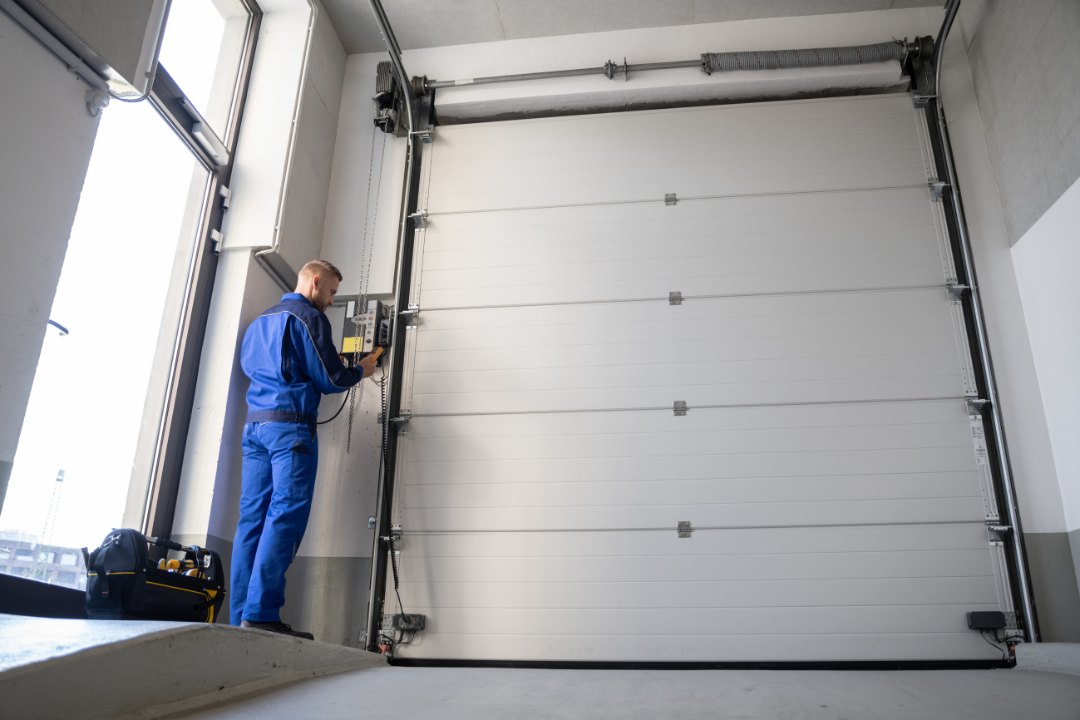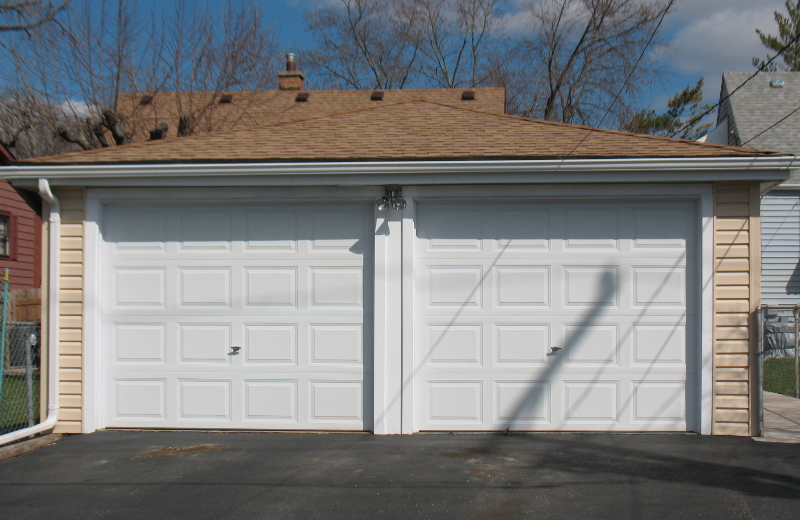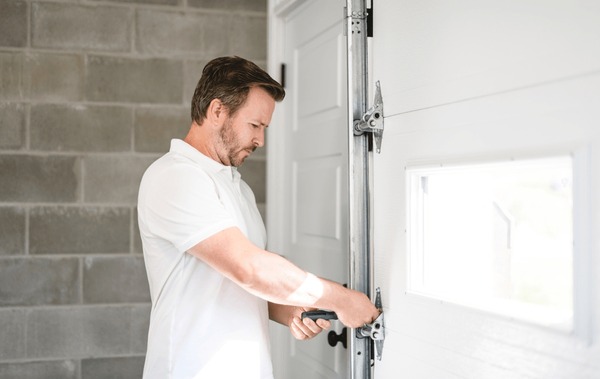For homeowners, maintaining the functionality and safety of a garage door is crucial. One of the essential aspects of this maintenance is conducting a thorough garage door inspection for broken hinges. Ensuring these components are intact not only extends the life of the door but also safeguards your home.

Importance of Regular Inspections
Regular inspections can identify minor issues before they escalate into major problems. This is especially true for broken hinges, which can compromise the door’s operation and safety. By performing a door inspection, homeowners can ensure the longevity of their garage system.
Identifying Signs of Wear
Look for visible signs of wear such as rust, bending, or cracks in the hinges. If the door doesn’t open smoothly or makes unusual noises, it’s time to inspect the hinges.
Listen for Unusual Sounds
Grinding or squeaking sounds can indicate a problem. These noises can signal that the hinges are under stress or improperly aligned. Regular sound inspections can help detect issues early.
Check for Misalignment
If the door is not aligned correctly, it can strain the hinges. This misalignment can cause premature wear, leading to potential failure.
Steps for a Thorough Inspection
Conducting a garage door inspection involves several steps. Start by visually examining the hinges for any obvious damage. Next, test the door’s operation to ensure it moves smoothly.
Visual Examination
Inspect the hinges for any bends, cracks, or rust. These signs indicate that the hinge is compromised and may require replacement.
Operational Test
Open and close the door manually to check for any resistance or unusual noises. These could be signs of worn-out hinges.
Maintaining Your Garage Door
Regular maintenance is key to preventing hinge problems. Lubricating moving parts can reduce wear and extend the life of the hinges.
Lubricate Hinges
Apply a lubricant specifically designed for garage doors to the hinges. This prevents rust and ensures smooth operation.
Schedule Professional Inspections
Consider scheduling periodic inspections by a professional. They can identify issues that might not be visible to an untrained eye. This is particularly important in hot climates, where wear can be accelerated.
Replacing Broken Hinges
If you discover that a hinge is broken, it’s crucial to replace it promptly. Delaying repairs can lead to more significant issues.
Selecting the Right Replacement
Choose a hinge that matches the specifications of your existing setup. Incorrect parts can cause further damage.
Professional Replacement
While some homeowners may choose to replace hinges themselves, hiring a professional ensures the job is done correctly.
Benefits of Timely Inspections
Timely inspections and maintenance offer numerous benefits. They enhance safety, improve functionality, and can even increase the value of your home.
Safety First
Ensuring your garage door operates safely prevents accidents and injuries. A faulty door can cause significant harm if it falls unexpectedly.
Enhancing Home Value
A well-maintained garage door adds curb appeal and can increase the resale value of your home. Prospective buyers appreciate homes with fewer maintenance issues.
Conclusion
In summary, conducting a garage door inspection for broken hinges is vital for maintaining safety and functionality. Regular checks, maintenance, and timely replacements can prevent costly repairs and ensure that your garage door serves your home effectively for years to come. For more information, you might find this external resource helpful.

FAQs
How often should I inspect my garage door?
It’s recommended to conduct a visual inspection every six months and a professional inspection annually.
What tools do I need for a DIY inspection?
Basic tools like a wrench, screwdriver, and lubricant are sufficient for a DIY inspection.
Can I replace garage door hinges myself?
While it’s possible, hiring a professional is advisable to ensure proper installation and safety.
This article contains affiliate links. We may earn a commission at no extra cost to you.







